Want to attend the course but can’t make it on this date?
Fill in your details below and we’ll notify you when we next present a course in this area:
During our public courses we are often asked whether a snake is male or female. This is not always easy to establish at a glance and could be quite a process:
In some snakes such as the Puff Adder, the males have longer tails than females, but unless one has several tails to compare, what is long and what is short is not easy to determine. In other snakes such as the Southern African Python, females get much bigger than males but again, it is not easy to determine without a dataset to compare with.
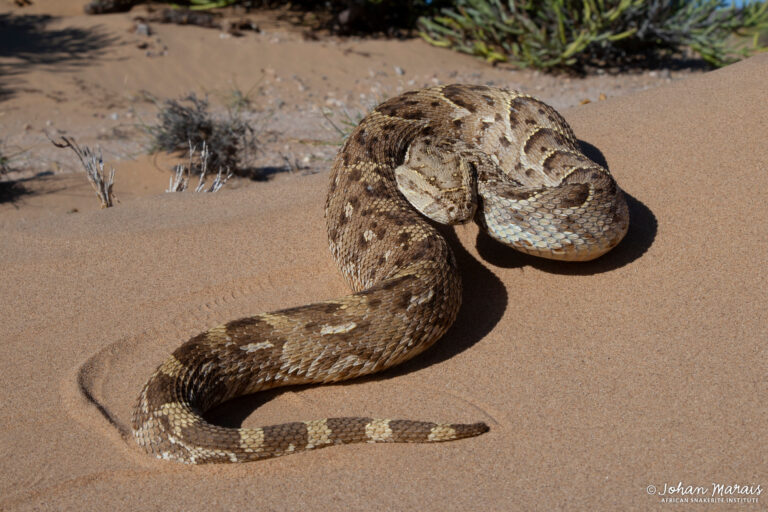
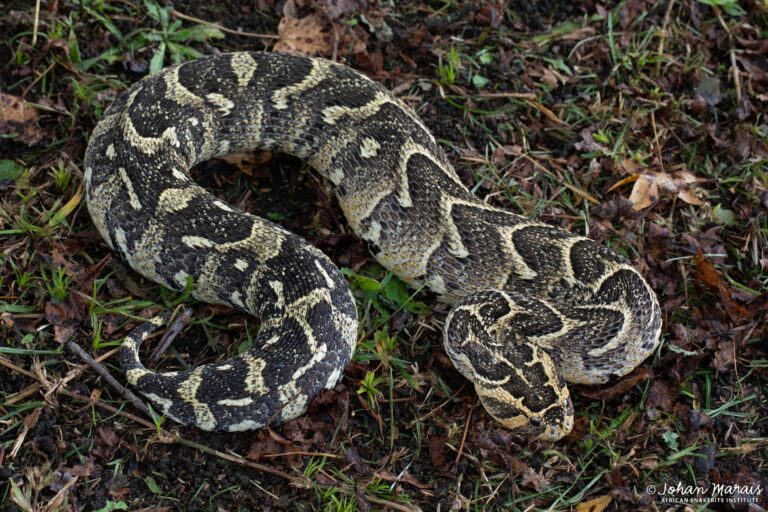
In the instance of Boomslang, it is generally accepted that males are green or black and yellow and females brown or grey and while that is true most of the time, every now and then we see the odd green Boomslang that lays eggs or a brown individual that is clearly a male.
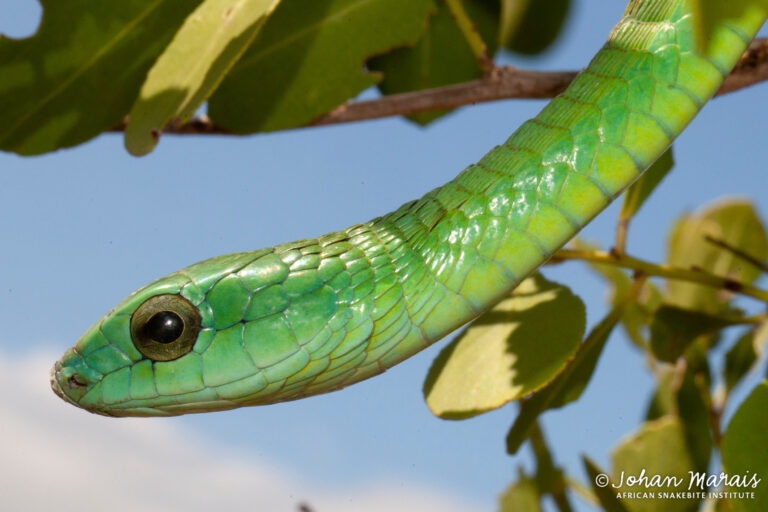
In some reptiles, except in snakes, the temperature at which eggs are incubated determines the sex of the young. If Nile Crocodile eggs are incubated at 31°C, males will be produced whereas eggs incubated at 27°C will result in females. In other crocodilian species, optimum temperatures produce one sex and temperatures above or below this produces the other sex. As a result, global warming directly impacts on and threatens the long-term survival of some reptiles.
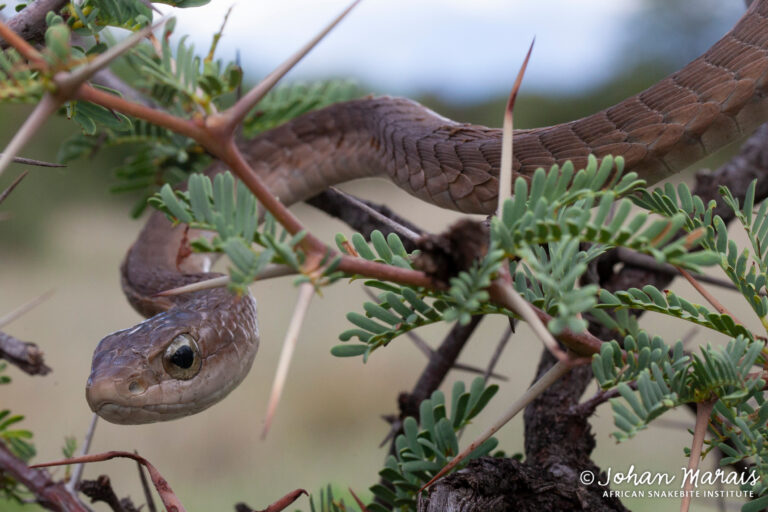
Male snakes have two sexual organs called hemipenes that are situated in the base of the tail. The hemipenes usually extend around twelve subcaudal scales from the cloaca. In many species this causes a thickened appearance of the tail base in males, making it quite easy to differentiate between males and females. In other snakes such as the sand and grass snakes, there is no obvious difference between the thickness of tails of the two sexes.
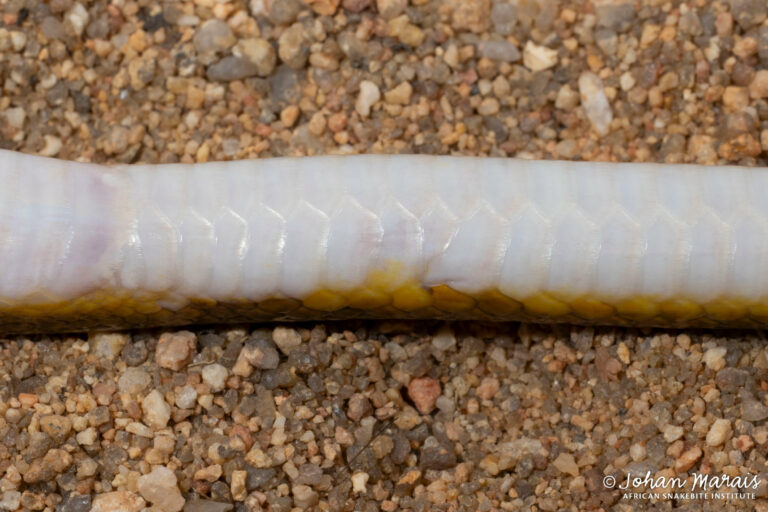
The most accurate means of establishing sex in most snakes is to probe. One uses smooth metal probes of different thicknesses (depending on the size of the snake), and the correct probe is lubricated with Vaseline and gently inserted into the sexual organs of the snake and slid down into the tail. In female snakes, the probe rarely extends more than one or two scales into the sexual cavity whereas in males the probe will easily slide down as far as 6 – 12 scales.
Establishing the age of a wild snake is near impossible as their growth rate depends largely on environmental conditions, genes, and food availability. It is said that a Black Mamba can grow up to 2 m in one year, but such a snake could also be three years old.
It is impossible to estimate the age of a nice big, one meter Puff Adder. The snake could be three or four years old or even as much as 20 years old. The majority of Black Mambas that are being removed from residential areas average 2,2-2,8 m in length and individuals longer than 3 m are not common. The longest Black Mamba that we have accurately measured in the past 30 years was 3,8 m but I caught one of 4,2 m near Durban about 40 years ago. There are historical records of 4,5 m Black Mambas and such a snake could well be over 30 years old.
Genetics also play an important role when it comes to size in snakes, as does diet. There is little doubt that the very large Black Mambas come from areas where they feed on large prey like dassies.
The Snouted Cobra is one of our longest cobras reaching a maximum length of around 2,5 m. A snake breeder in Limpopo Province kept Snouted Cobras in captivity for many years, line-breeding several generations. He retained the longest hatchlings over time, raised them rapidly by offering them far more food than usual and had phenomenal growth rates. From their young he again kept the longest individuals and eventually produced young that he could raise to close on 3 m within a few years.
We often see regional variations in maximum lengths in snakes. In Gauteng for example, the average length of an adult Brown House Snake is around 50 – 60 cm, whereas individuals from coastal KZN often exceed one meter in length; the longest specimen measuring 1,5 m.
Adult Mole Snakes average 1 – 1,4 m in length across most of their range throughout Africa. In the Western Cape, where there is an abundance of large mole-rats, Mole Snakes are far larger and fatter and may exceed 2 m in length.
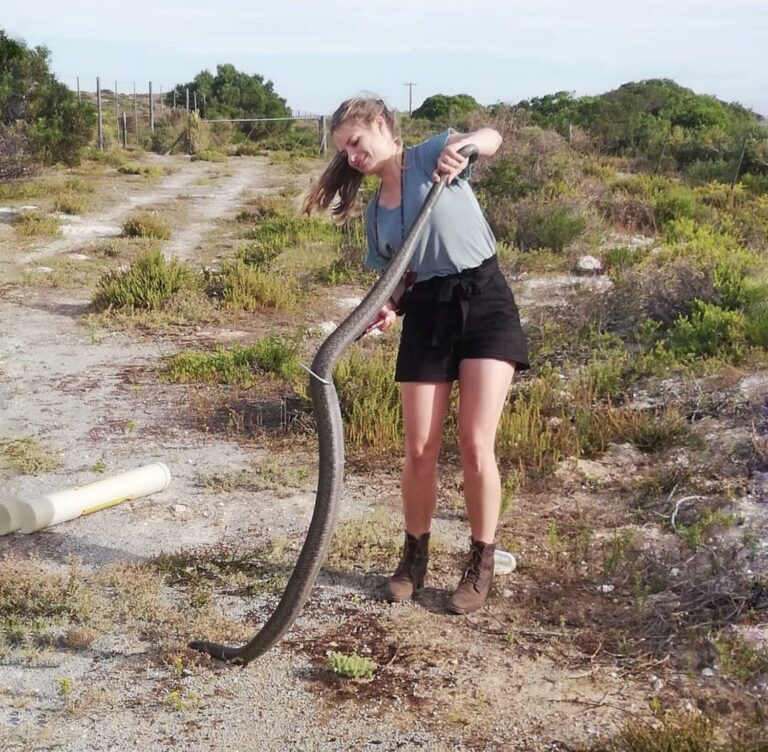
There are thus many factors to consider when trying to determine both the sex and age of a snake.
Probing is by far the most accurate way to determine the sex of a snake, and unless bred in captivity, estimating the age of a snake would be a wild guess.
CONTACT US:
Product enquiries:
Caylen White
+27 60 957 2713
info@asiorg.co.za
Public Courses and Corporate training:
Michelle Pretorius
+27 64 704 7229
courses@asiorg.co.za
 ASI Lite Combo 3
R1,575.00
ASI Lite Combo 3
R1,575.00
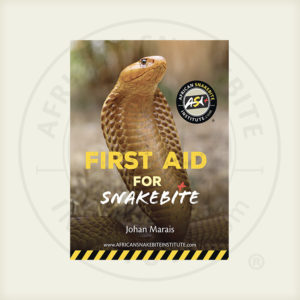 ASI First Aid for Snakebite Booklet
R40.00
ASI First Aid for Snakebite Booklet
R40.00
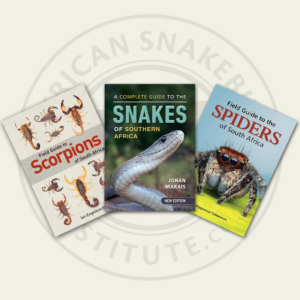 Rangers Book Combo 1
Rangers Book Combo 1
Want to attend the course but can’t make it on this date?
Fill in your details below and we’ll notify you when we next present a course in this area:
Want to attend the course but can’t make it on this date?
Fill in your details below and we’ll notify you when we next present a course in this area:
Want to attend the course but can’t make it on this date?
Fill in your details below and we’ll notify you when we next present a course in this area:
Want to attend the course but can’t make it on this date?
Fill in your details below and we’ll notify you when we next present a course in this area:
Want to attend the course but can’t make it on this date?
Fill in your details below and we’ll notify you when we next present a course in this area:
Want to attend the course but can’t make it on this date?
Fill in your details below and we’ll notify you when we next present a course in this area:
Want to attend the course but can’t make it on this date?
Fill in your details below and we’ll notify you when we next present a course in this area:
Want to attend the course but can’t make it on this date?
Fill in your details below and we’ll notify you when we next present a course in this area:
Want to attend the course but can’t make it on this date?
Fill in your details below and we’ll notify you when we next present a course in this area:
Sign up to have our free monthly newsletter delivered to your inbox:
Before you download this resource, please enter your details:
Before you download this resource, would you like to join our email newsletter list?